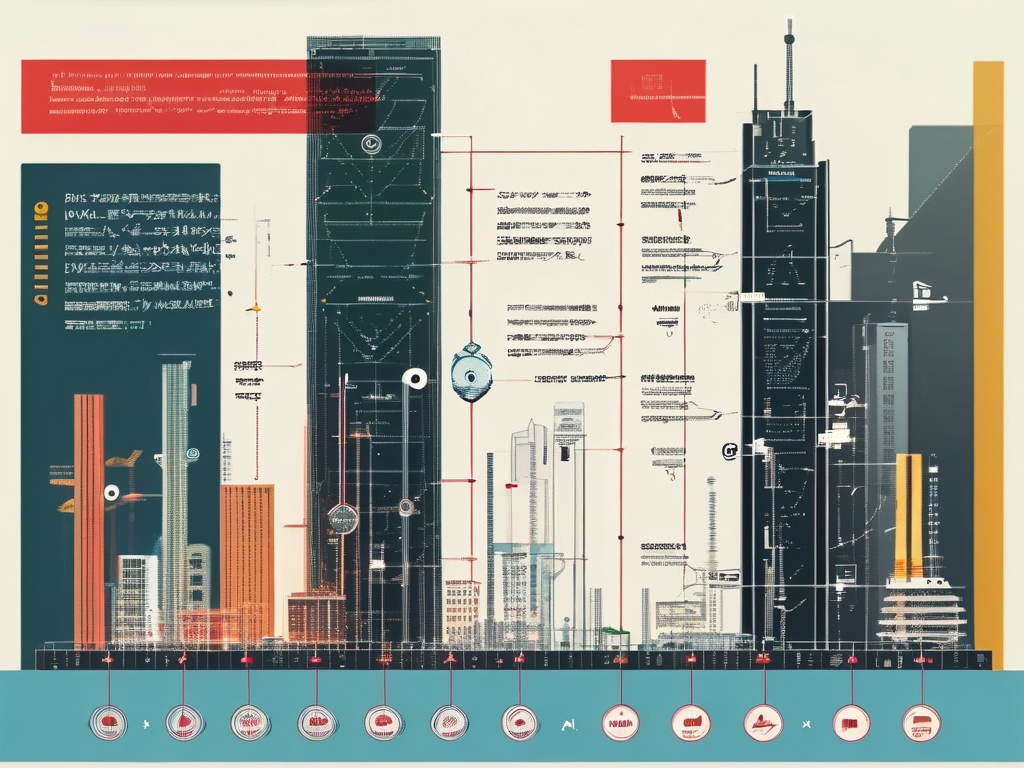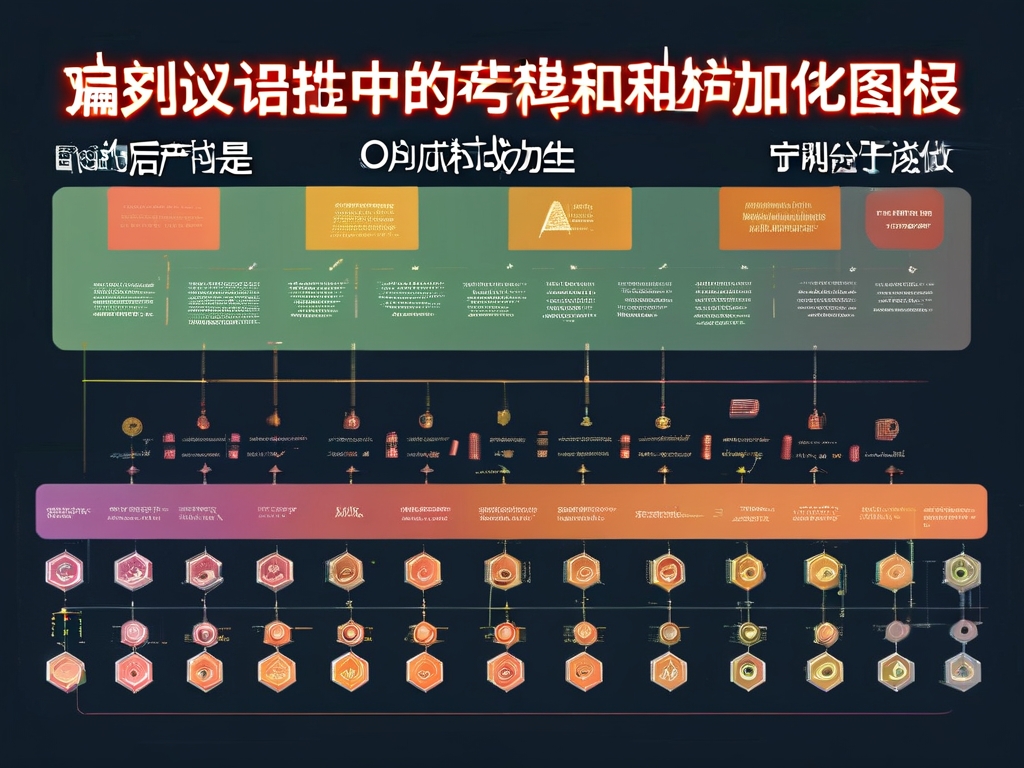In the realm of computer science, the backend of a compiler serves as the engine that transforms intermediate representations of code into executable machine instructions. While frontend components like lexical analysis and syntax parsing often steal the spotlight, the backend's role in optimizing and generating efficient target code is equally critical. This article explores the architecture, key processes, and practical implementations of compiler backends while addressing common misconceptions.
Core Responsibilities
The compiler backend operates on platform-specific requirements after the frontend has validated the source code's structure. Its three primary tasks include:
-
Intermediate Code Optimization
After the frontend generates intermediate representation (IR) like LLVM IR or three-address code, the backend applies machine-independent optimizations. For example:
// Original IR %1 = add i32 5, 3 %2 = mul i32 %1, 4 // Optimized IR %2 = mul i32 8, 4 // Constant folding
Techniques like dead code elimination and loop unrolling fall under this phase.
-
Target Code Generation
This stage converts optimized IR into assembly or machine code. A critical sub-task is register allocation, where virtual registers are mapped to physical registers. The graph coloring algorithm is frequently employed here to minimize register spills. -
Machine-Dependent Optimization
Architecture-specific optimizations exploit features like SIMD instructions or pipeline scheduling. For ARM processors, this might involve rearranging instructions to avoid pipeline stalls.
Challenges in Backend Design
Modern compilers face trade-offs between compilation speed and code quality. Just-in-Time (JIT) compilers like V8 for JavaScript prioritize rapid compilation, while offline compilers like GCC focus on aggressive optimizations.
A practical example involves handling conditional branches. The backend might reorganize code to improve branch prediction accuracy:
; Before optimization cmp r0, #5 beq label1 mov r1, #0 b exit label1: mov r1, #1 exit: ; After optimization cmp r0, #5 movne r1, #0 moveq r1, #1
Industry Implementations
LLVM's backend demonstrates modular design through its target description files (.td). Developers can define instruction sets and register classes using declarative syntax:
def ADD : Instruction< (outs GPR:$dst), (ins GPR:$src1, GPR:$src2), "add $dst, $src1, $src2", [(set GPR:$dst, (add GPR:$src1, GPR:$src2))] >;
This approach enables support for multiple architectures without rewriting core optimization passes.
Common Misconceptions
-
"Backend Work Is Less Complex Than Frontend"
While parsing algorithms are theoretically intricate, backend tasks like instruction selection and register allocation involve NP-hard problems requiring heuristic solutions. -
"Optimization Only Happens in the Backend"
Modern compilers like Clang perform semantic-level optimizations during frontend processing, such as template metaprogramming resolution in C++.
Emerging Trends
With heterogeneous computing, backends now target GPUs and AI accelerators. The SPIR-V intermediate language enables cross-platform shader compilation, demonstrating backend adaptability to new hardware paradigms.

In , the compiler backend bridges abstract programming concepts with concrete machine execution. Its evolving nature continues to shape software performance across devices, from embedded systems to cloud servers. Understanding these mechanisms empowers developers to write code that better leverages compiler capabilities.









